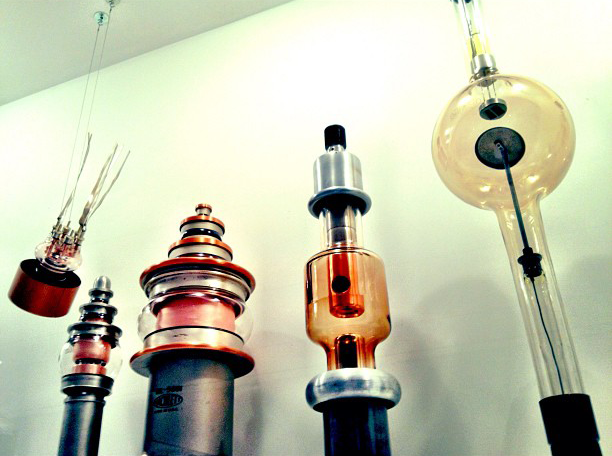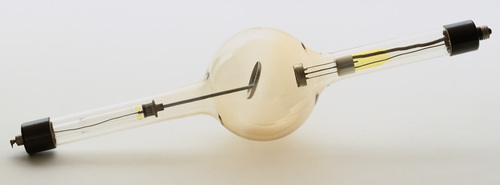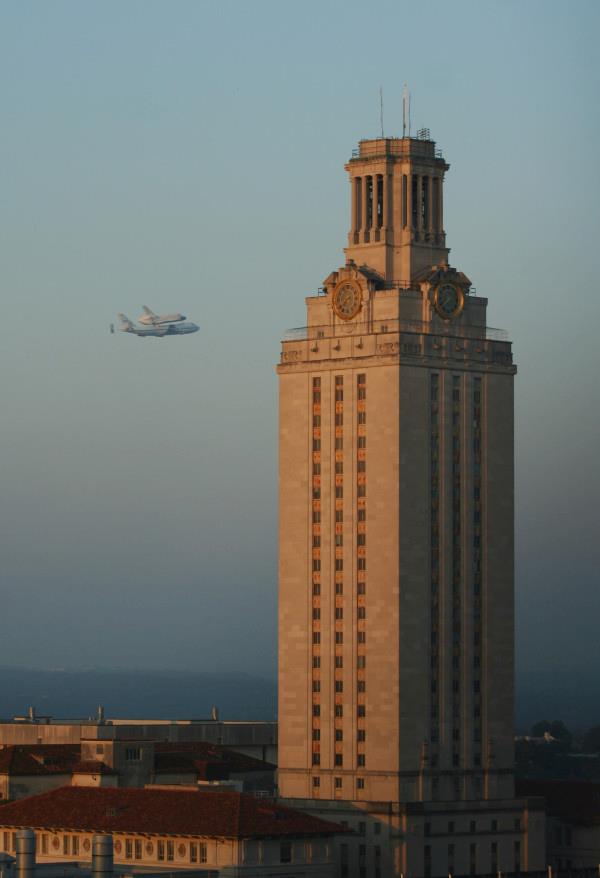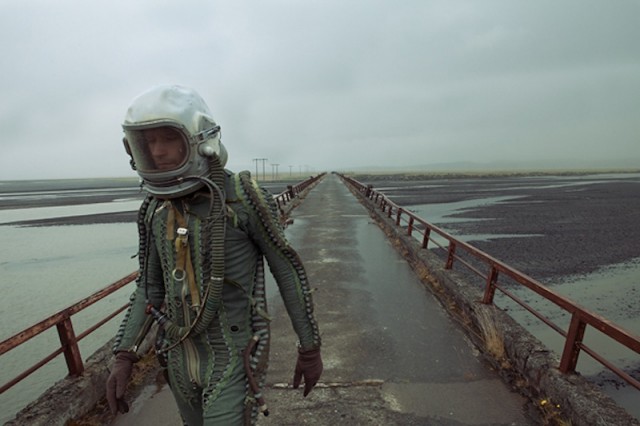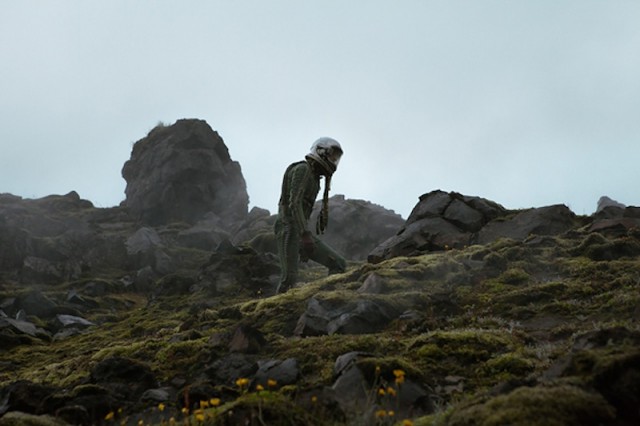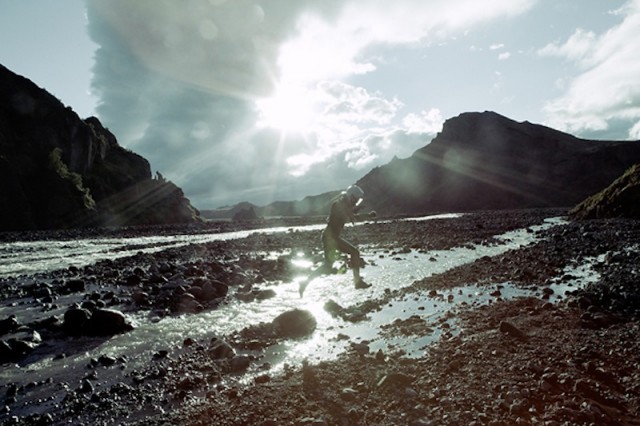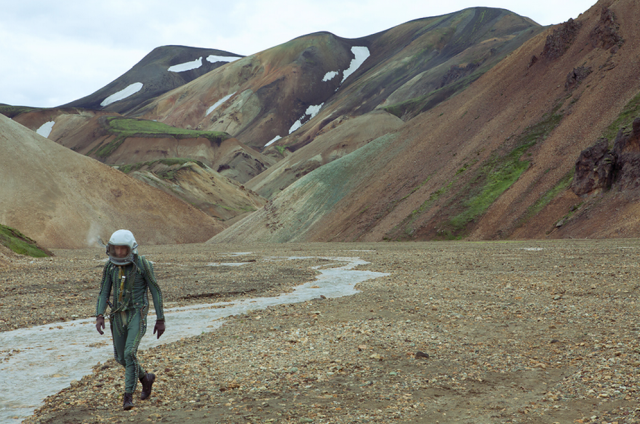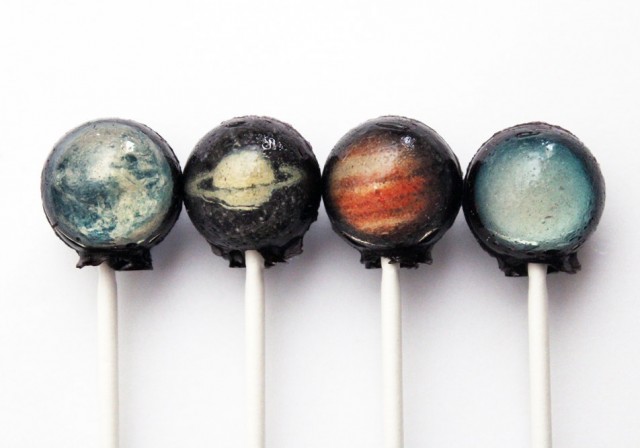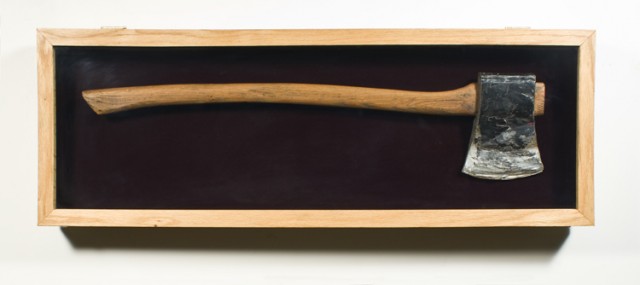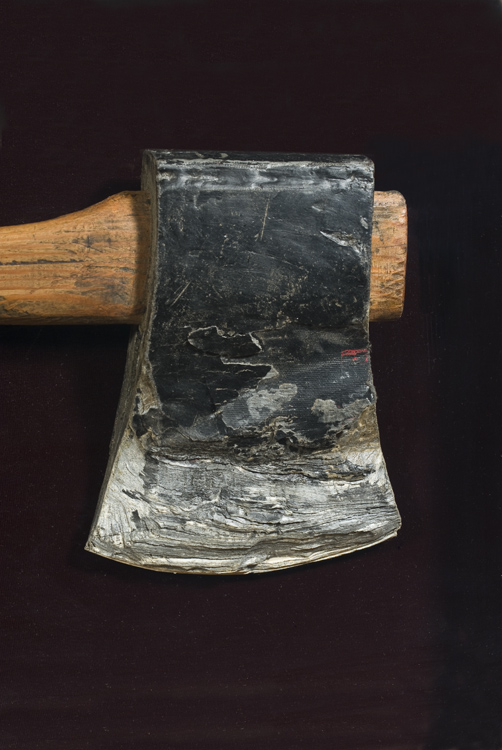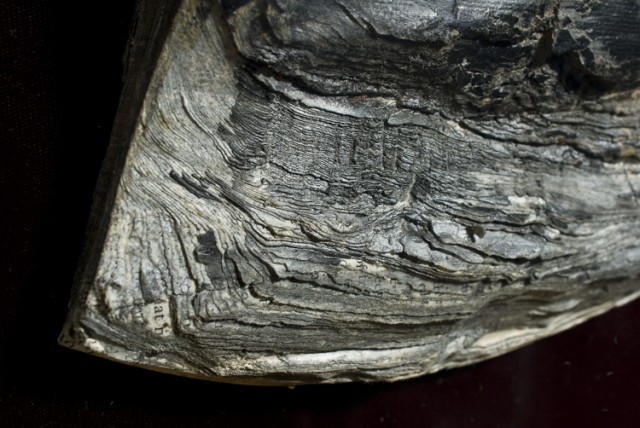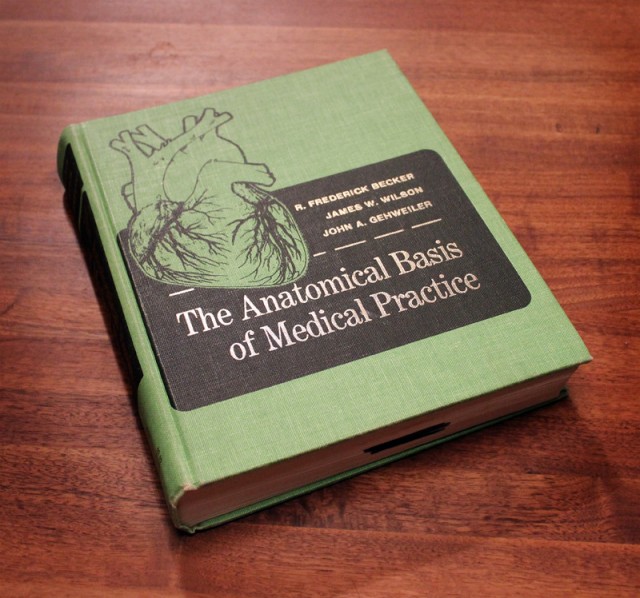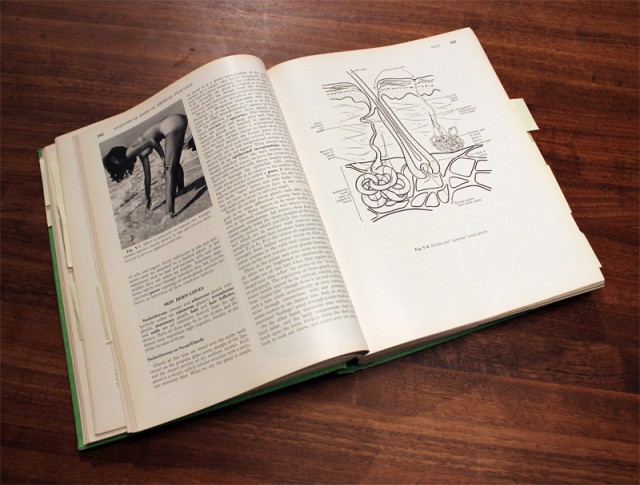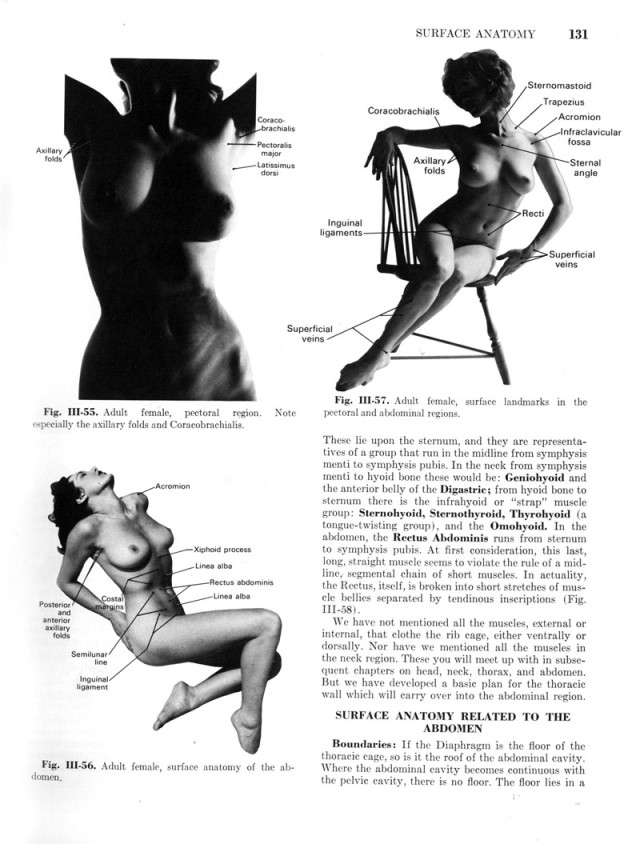[nggallery id=9]
This is a collection of Rhodium-plated copper Electronic Tubes (or Vacuum Tubes) created by George Agule and Charles V. Weeden back in 1954. I did a quick search on these guys, and I really couldn’t find much information about them. The Museum of Modern Art recently uploaded the top photo on their Instagram account. These Vacuum Tubes were at one time critical to the development of electronic technology. And in case you wanted to know what they did…
From Wikipedia:
The Vacuum Tube is a device controlling electric current through a vacuum in a sealed container. The container is often thin transparent glass in a roughly cylindrical shape. The simplest vacuum tube, the diode, is essentially an incandescent light bulb with an extra electrode inside. When the bulb’s filament is heated white-hot, electrons are boiled off its surface and into the vacuum inside the bulb. If the extra electrode (also called a “plate” or “anode”) is made more positive than the hot filament, a direct current flows through the vacuum to the anode (a demonstration of the Edison effect). As the current only flows in one direction, it makes it possible to convert from AC current applied to the filament to DC current.
These were once essential for rectification, amplification, switching, and creation of electrical signals, but now, they’re simply art. The combination of glass and electronics has that retro sci-fi aesthetic quality I can appreciate.
-RSB

